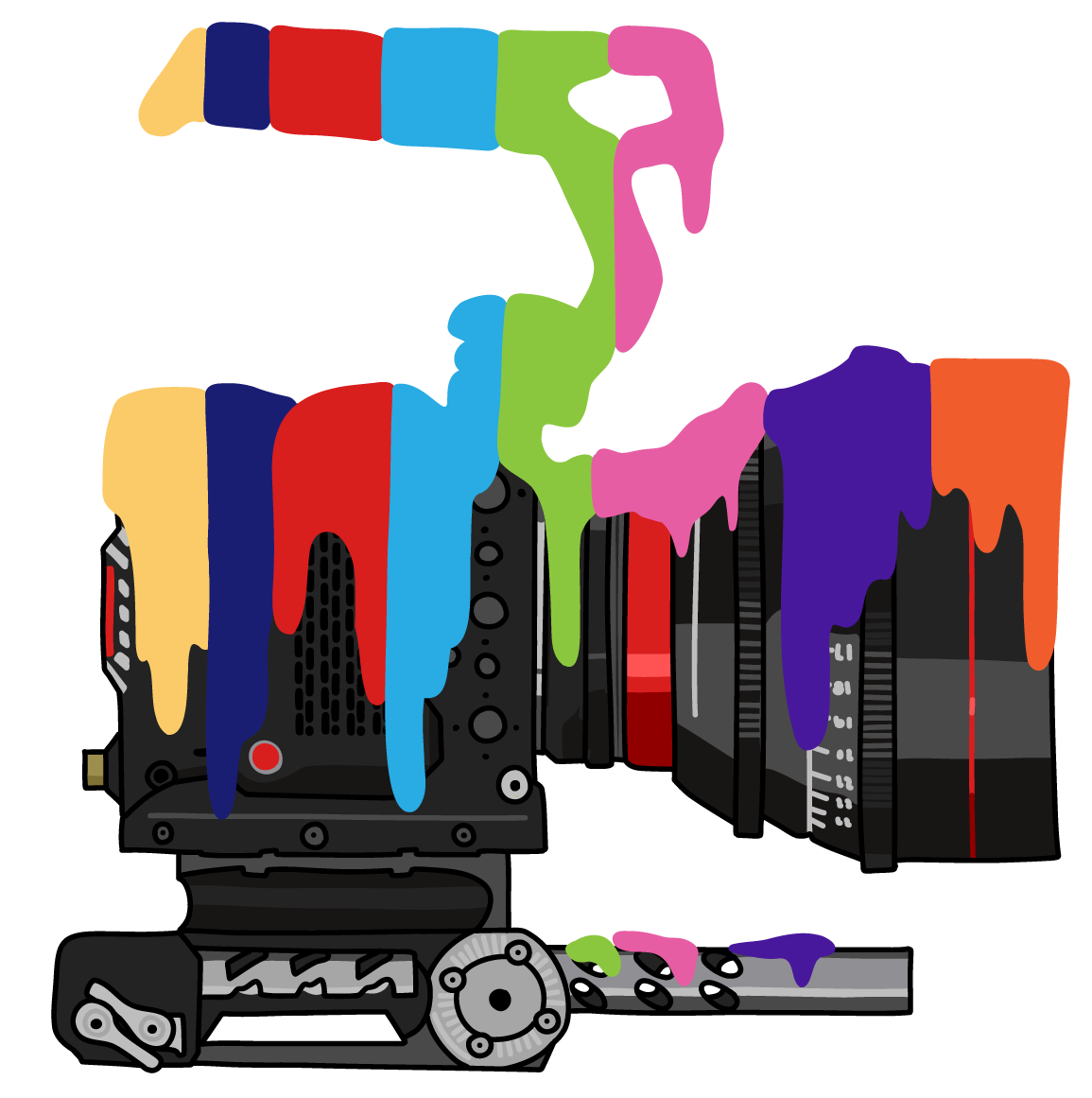This form of lighting technique is used to create a 3 dimensional look to the subject and is mostly used in interviews and anywhere where a subject is stationary looking towards the camera. However the principals of 3 point lighting can be applied to other types of filming scenarios as well. This is as long as you understand what each light is doing.
This type of lighting uses three lights (hence the name), your key light, fill light and back light. The key light is where you will light the front of your subject from a slight angle. This is often done with a soft light as its more flattering for peoples faces. The fill light is uses to fill in most of the shadows created by the key light. Usually this is 50% output of the key light to keep some shape to the lighting and not make the image look too flat. The back light or kicker/hair light is placed behind the subject and is used to separate the subject from the background. A hard light is often used so that it can be focused to where you want the light to be. A soft light may produce too much light spill onto your lens reducing contrast. This basic setup can be adapted to taste or the projects needs.
As part of your lighting kit you should have both soft lights and hard lights. In modern terms using LEDs this means having a light panel with attached softbox for a soft light and what’s called a COB light which is a single source light with a fresnel attachment giving you the ability to focus a hard light source. Its also possible to use a COB light with a softbox to create a soft light as well. This flexibility is why COB lights are becoming more and more popular. In essence the larger the light source, the softer the light. so the larger the softbox you buy the softer the light will be but also the more of the lights output you will lose. By contrast a fresnel will increase output by focusing the light to a smaller area.
Soft-Box attachment
Fresnel Light (hard)
Sometimes you may want to use a hard light as a key or fill to create a more edgy look. For example the interview could be part of a documentary about espionage where a more low key lighting look could be suitable. However for the most part a soft-light is used for key and fill. The amount you increase or lower the output on the fill light can give you a subtle stylised look as the more contrast on the face, the more low key and moody the interview will look. If you are looking at an image and want to know how it was lit then looking closely at the eyes will give you this information.
Here you can see the high key light and subtle fill in action. The lower output of the fill light creates a more cinematic look.
When shooting a multi-cam interview its better to have the second camera on the key light side so you have more light . With a slight adjustment to the back light the same basic light setup should be fine. without the need for a fourth light. Experiment with different ratios and lighting setups within these principles and you can adapt your lighting to fit the particular project you are working on. Good luck! TJK







